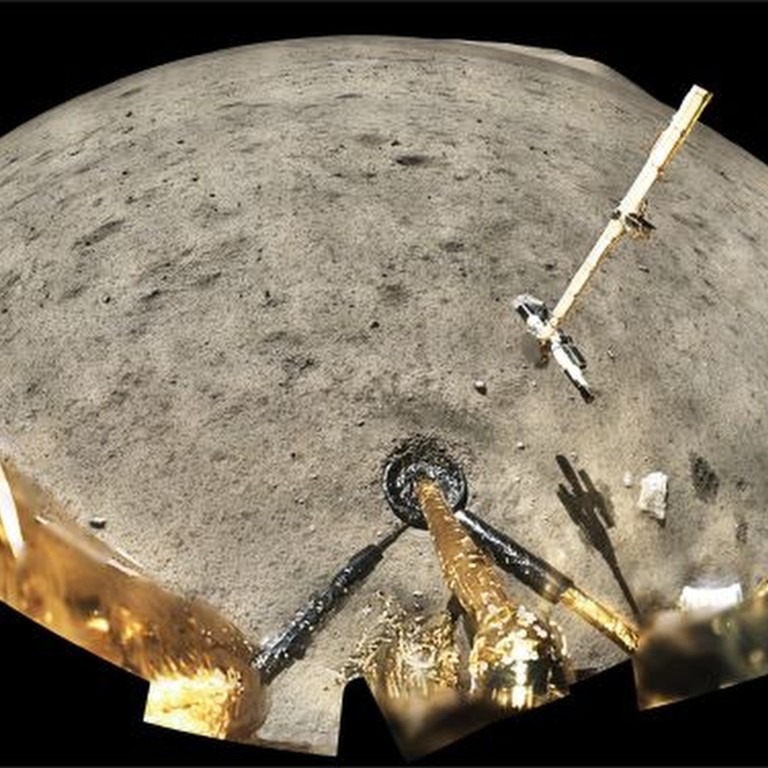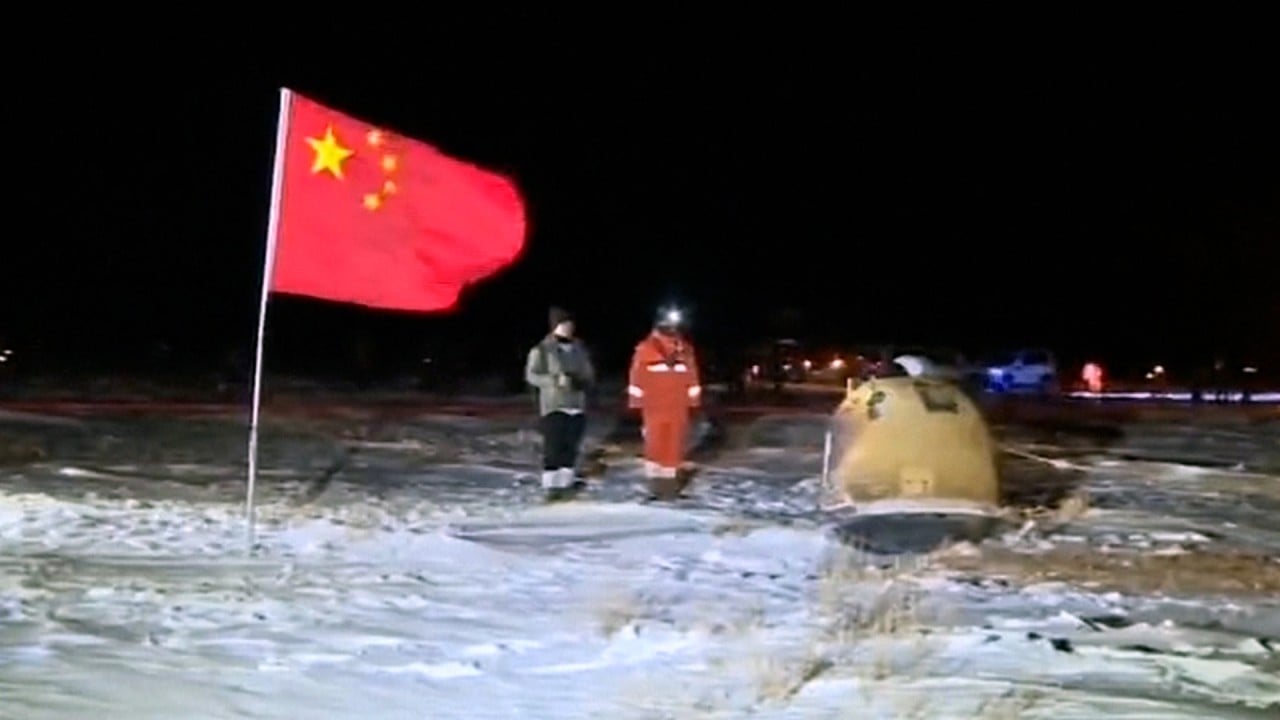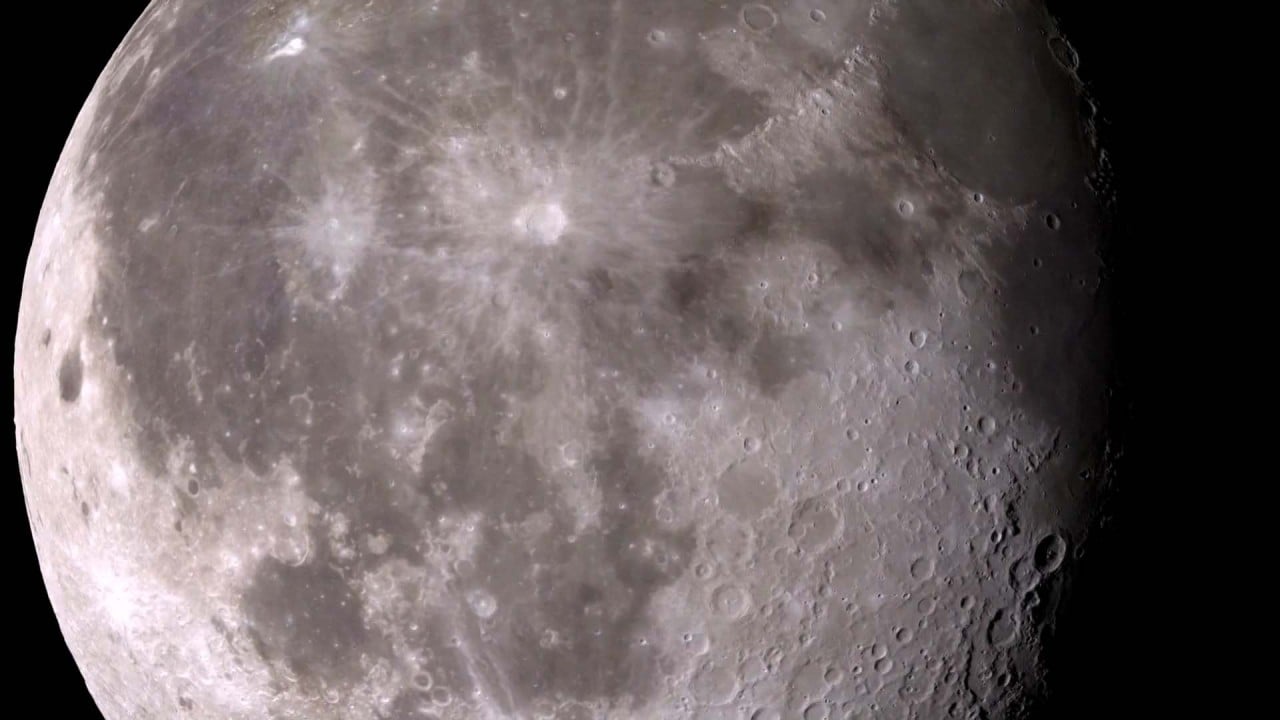
China’s rock samples brought back from the moon shed light on meteor strikes here on Earth, say scientists
- International team examines 215 microscopic glass beads created by heat and pressure of meteorite impacts that were brought back in 2020 moon mission
- Scientists believe samples may help create a timeline showing bombardment of Earth by celestial bodies, including the event that wiped out the dinosaurs
Tiny lunar glass beads that form after asteroid strikes reveal how meteorite impacts on the moon million years ago mirrored those on Earth, including the celestial crash that doomed the dinosaurs, say scientists.
“The moon is the Earth’s natural satellite. Think about the Earth and moon being one system,” said co-author Katarina Miljkovic, an associate professor at the Space Science and Technology Centre at Curtin University in Australia.
“If there was an asteroid break-up or something that would send a flurry of impacts over time, there is no reason to believe that if some of them hit the moon, the Earth was spared entirely,” the planetary scientist said.
The international team of 23 scientists from institutes in Australia, Britain, China, Sweden and the United States analysed 215 glass beads with a diameter over 50 micrometres, similar to the size of human hair.
The beads were selected under the microscope from 2 grams (0.07oz) of Chang’e 5 lunar regolith – loose rock and dust – allocated by the China National Space Administration and analysed by experts using microscopic analytical techniques, numerical modelling and geological surveys.
“The data … give an initial indication that lunar glass populations may provide a proxy for changing impact rates in the inner solar system and possible relationships to dynamical processes in the asteroid belt,” the team wrote in an article published in the peer-reviewed journal Science Advances on Thursday.
Nasa spacecraft hits asteroid in test of defence against killer space rocks
The Chang’e 5 probe returned in December 2020 with the first moon samples taken in 44 years, making China the third country to bring lunar rocks and dust back after the United States and the Soviet Union.
Miljkovic said impact glass beads were a common feature on the moon and Earth created by the heat and pressure of meteorite impacts, but they were hard to come by on Earth.
“Our planet is quite dynamic so they are quite difficult to find on Earth. We can use the moon as a blueprint for impacts that might have happened on the Earth as well.”
“These beads are quite young in age – two billion years and younger, down to a few million years,” she said, adding that they reflected the more recent bombardment history of the moon, which shed light on the Earth’s history.
They also found that this large terrestrial impact crater event could have been accompanied by smaller impacts, which the researchers will further analyse.
China declare discovery of new moon mineral from lunar rock samples
Miljkovic said more samples collected from different parts of the moon would enable scientists to understand the full variation and history of bombardment on the moon, and from it they could infer information about impacts on Earth.
“It should suggest the variations in the so-called impact rate – how often do you get impacts,” she said, adding that there would also be spikes over time.
“Ultimately, everything about planetary science is figuring out where we came from and how we came to be on Earth, and nowhere else,” she said.



